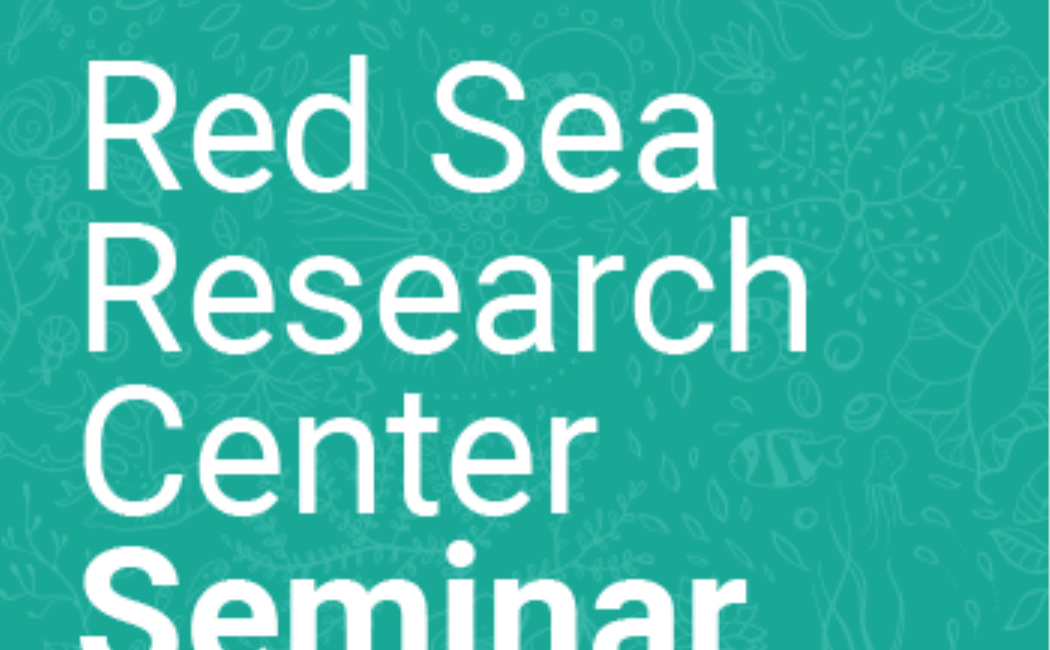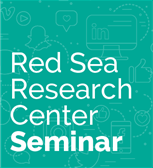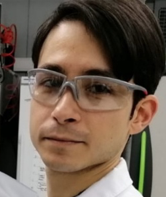



Speaker 1: Fatimah Sefrji, PhD Student
Title: Isolation and characterization of novel bacterial taxa from the Red Sea mangrove sediments
Abstract: The objective of this research is to explore the microbial resources that thrive in the coastal environment of the Red Sea. The Red Sea presents peculiar characteristics such as high temperature, salinity and oligotrophy that can strongly affect the microbial community composition. One of the most productive Red Sea environments are the mangroves, where microbes are exposed to an even stronger selective pressure due to tidal variation stress, higher salinity and temperature. According to these premises, mangroves can be a good source for the isolation of novel microbes. By an alternative cultivation approach, I isolated different bacterial taxa from mangrove sediments along the Red Sea coast belonging to previously undescribed species. Moreover, genotypic, phenotypic and chemotaxonomic analysis were used for the characterization of these novel isolates.
 Speaker 2: Dr. Matteo Callegari, Postdoc
Speaker 2: Dr. Matteo Callegari, Postdoc
Title: Fungal and environmental non-core bacteria components are keystone taxa of the microbial interactome network in the honey bee gut
Abstract: A set of recurring bacterial phylotypes composes the core microbiome of the eusocial corbiculate bee gut, accompanied by lineage-specific phylotypes and variable, less abundant environmental bacterial phylotypes. Several functional services to the host are attributed to the core and lineage-specific taxa, including support for growth, hormonal signaling and behavior. In contrast, the functional relevance of the minor environmental phylotypes remains undefined, because it is inherently difficult resolve due to variability and low relative abundance. Here, we report the role of the minor bacterial components and the neglected fungal members of the honey bee gut microbial community in sustaining the network interactome of the major core and lineage-specific phylotypes across the different gut compartments. We analyzed the microbial and physiological compartmentalization of Apis mellifera forager guts, considering both bacterial and fungal partners. We found that the change of the microbial phylotypes distribution and abundance across the gut compartments is paralleled by an increasing complexity of the inter-kingdom co-occurrence network connections that are accompanied by oxygen, pH, redox potential and metabolite changes (e.g., sucrose concentration). Fungal and environmental bacterial components resulted as keystone taxa central to the network topology in all the gut compartments, thus indicating a contribution to the maintenance of the honey-bee's gut microbiota homeostasis and functioning.